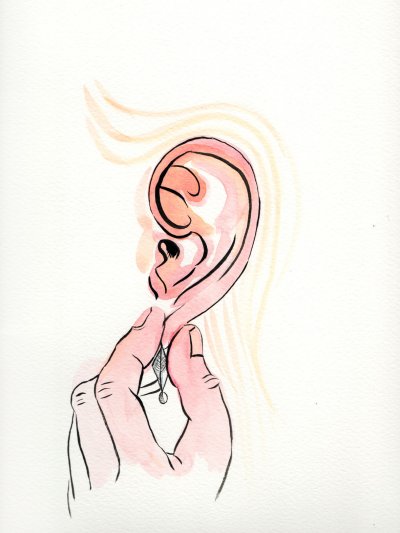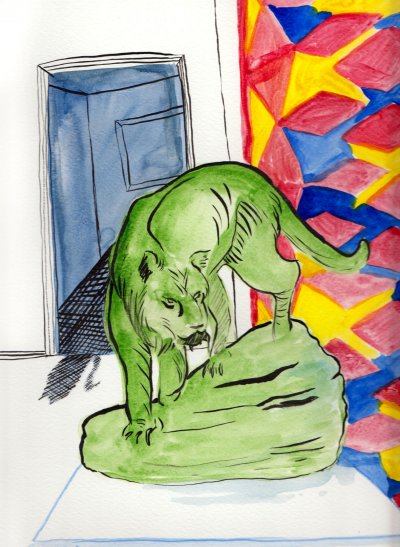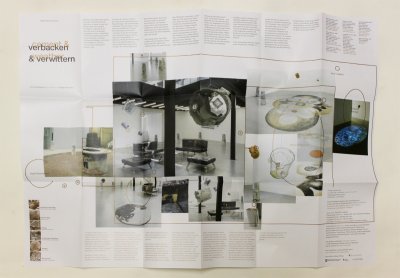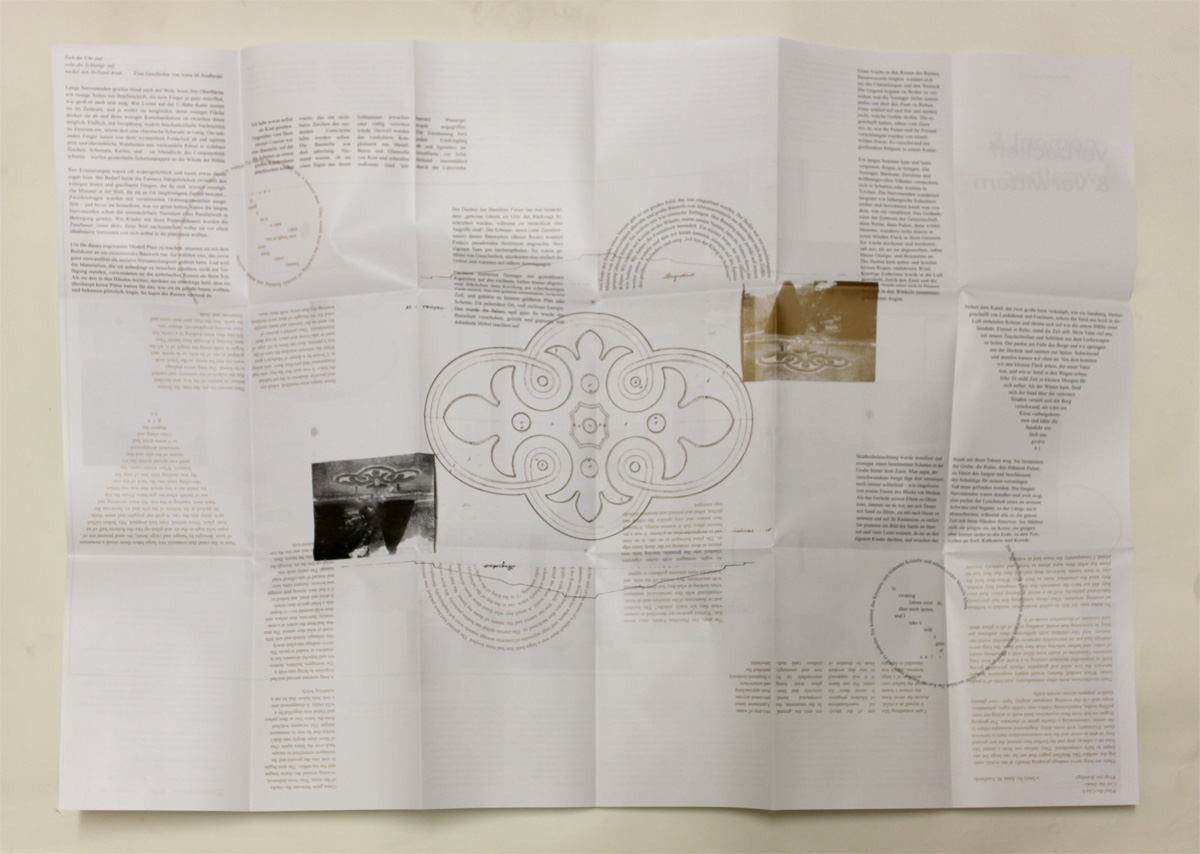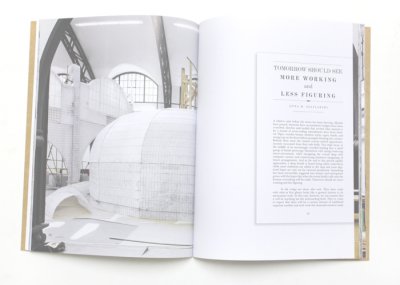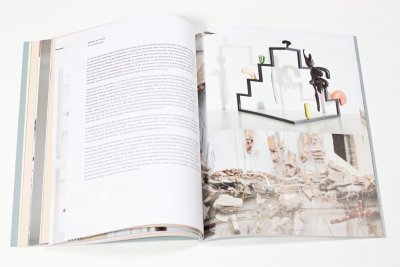Under the Hatchet
For the catalog Immobilzed Posture / II+I, I+I+I, I+II, III, (Decay): by Ida Lennartsson for her exhibition at Wassermühle Trittau. 2015. Stiftungen der Sparkasse Holstein.
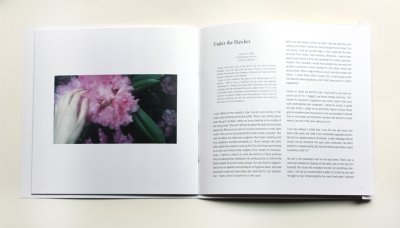
Excerpt
...He sat in the passenger seat on the way home. There was a stand-up comedy act playing on the radio, and on the last turn towards the house the comedian blurted out something ridiculous. I let out an uncontrollable bubble of snickering and spit through my lips. Embarrassed by the noise I had made, I glanced over at him with a smile but he was staring out the window seemingly unaware of the humor I was currently partaking in. Sometimes I thought that the weight of his silence might break the shock absorbers. I bought a 4-wheeler Jeep to compensate, but he seemed to be getting heavier by the day. That was funny, I tried. He didn’t say anything or turn towards me. I noticed his hand wrap incrementally closer around something in his hand. I’m ridiculous, I said, testing self-deprecation on him. He didn’t flinch...
...I don’t know at what point he came in the room, but he was already curled up facing towards me on his bed when I looked over. His bed was pressed up against mine, but since his mattress was depressed by his weight by ten centimeters I opted for my own. His eyes were still open and his fist was tucked next to his lips. What the hell have you been carrying around in your hand all day? I asked. I was tired and impatient. Why won’t you tell me? Why don’t you let me help you? He gave me nothing. I turned off the TV and the bedside lamp and made a dramatic ‘huff’ as I drew the duvet over my head. The letters and numbers from the stock market projected onto the back of my closed eyelids. They went up and down and up and down, and down and up, and up and up and UP! The rate became volatile, the values and letters flipped until there was only a red and green blur and finally the market... crashed.
That’s it! I turned on the light. Show me what’s in your hand! He didn’t move. I swung over and grabbed both of his hands. I pulled and pulled but they wouldn’t budge, he was heavier than a mythological boulder, and I, after all, was only human. I stormed off to the garage and searched around until I found an axe. On my way back, I purposely stomped my feet as mightily as I could on the wooden floor, but it remained silent. That’s what did it. That was the final straw. I pounded the floor with my feet and it said nothing, didn’t move, didn’t complain, didn’t squeal. It was a good floor, reliable and sturdy, and would not give way to my whims. I was going to give him warning. I was going to say, if you don’t show me what’s in your hand I’m going to take it off. But I wasn’t desperate for a reaction this time, so I just went straight to it. I sat on top of him and started to chop at his hand. Unsurprisingly, he didn’t change his expression, and had the same look as always. He looked off into the distance—the distant place that I had always wanted to visit, or save him from? I still couldn’t decide. When I finished cutting off his hand I realized that it had been the wrong one, so I moved on to the clenched fist.
That’s when Inge called. I clamped the phone between my shoulder and my ear so I could go on with my task. She went on as usual, and asked me if I’ve heard about what’s going on and what they’re calling the modern ‘Völkerwanderung’ and that during the late period of the original one the Mongol Invasion caused every tenth person in Europe to be directly related to Genghis Khan. I responded with a Uh-huh, and a Hmm hmm. When she finished talking, she had somehow managed to connect Genghis, to Monsanto, to salmon eggs and surveillance programming that is no longer limited to the United Sates but has spread far beyond, and I—I had finally got what I wanted, and hung up.
In the morning I held his hands and everything that they contained tenderly in my own. The floor creaked beneath our weight, and the world revolved around us.
